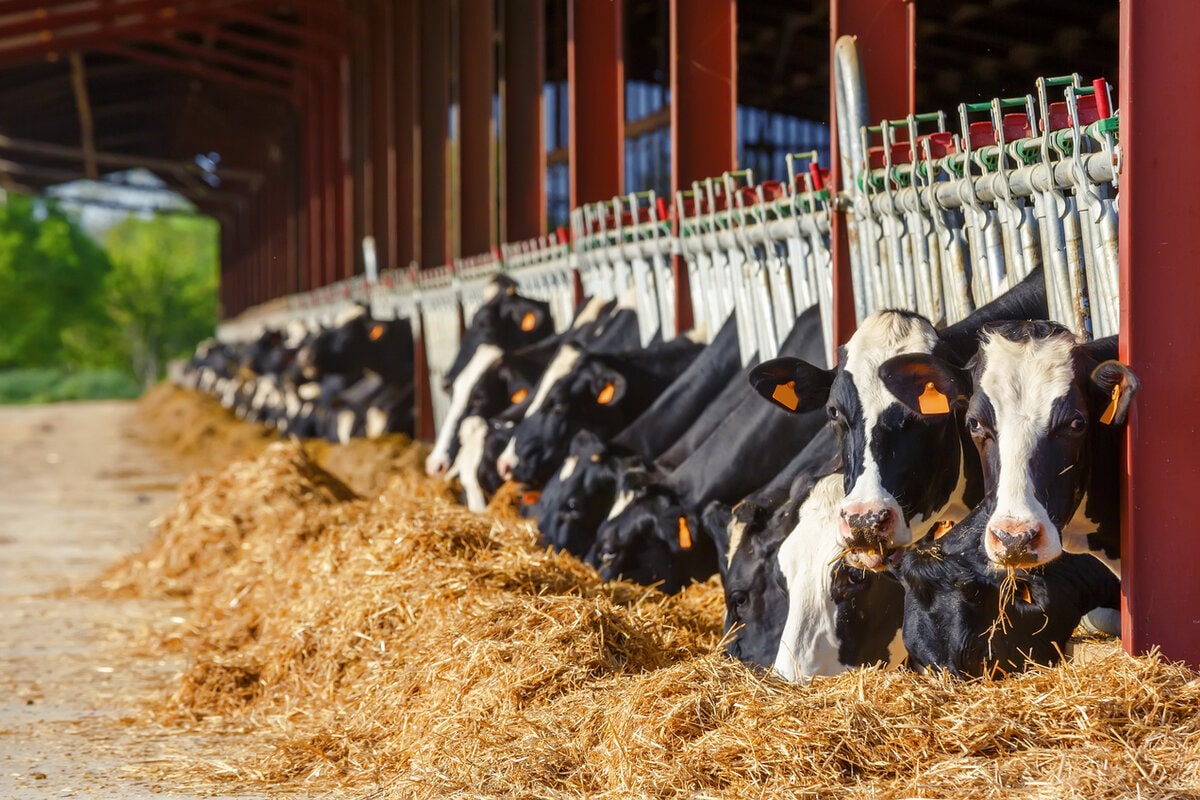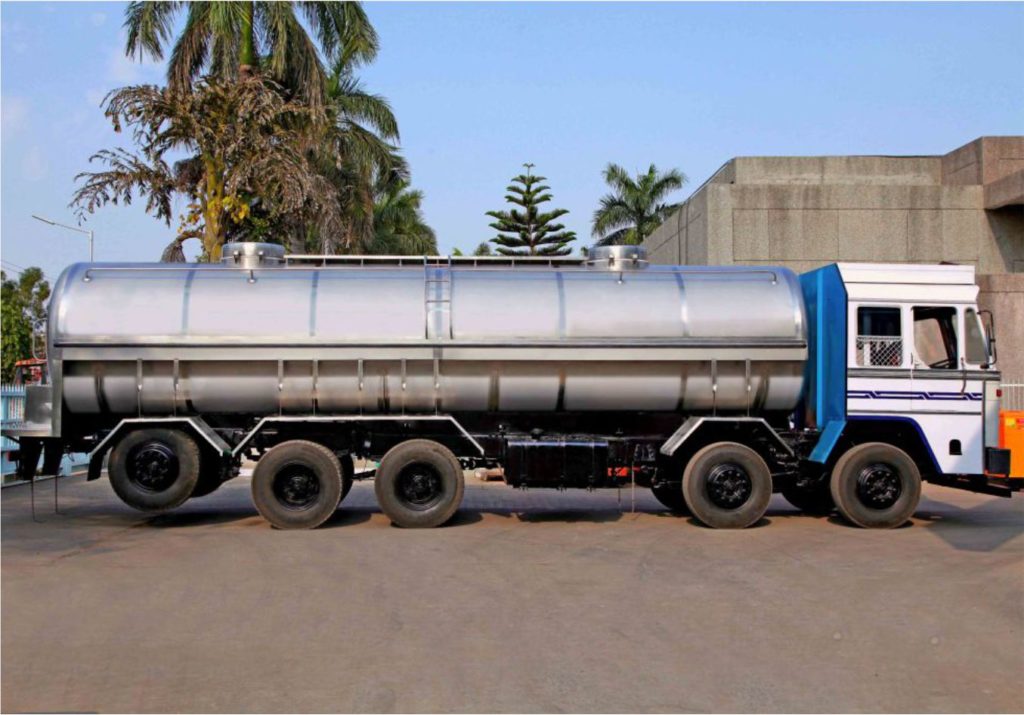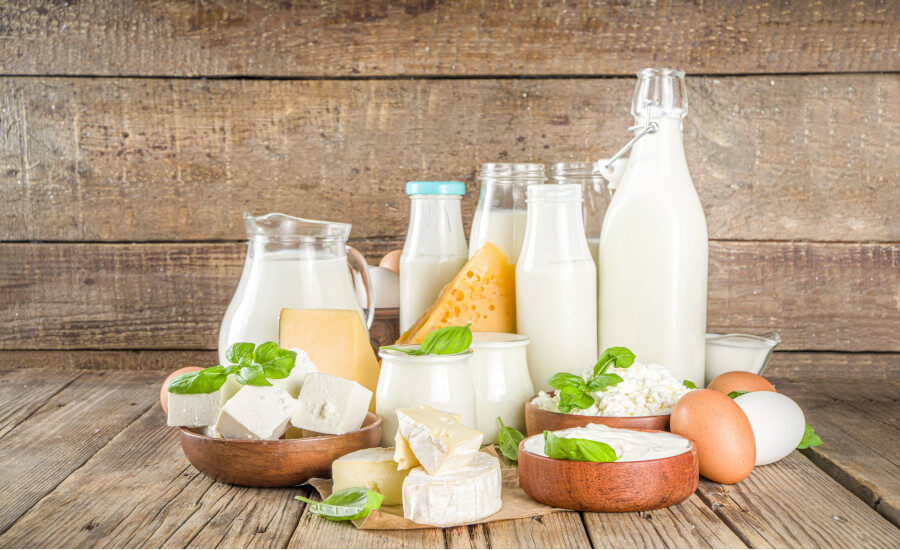Milk is a vital part of the Indian diet and an essential commodity in almost every household. In India, milk is majorly consumed in its original form. However, there is a largescale production of many other dairy forms like cheese, butter, curd etc. It provides essential nutrients to the body and plays a big role in the nation’s economic sector. In the last few years and most notably since 2022, the cost of milk in India has gone up sharply.
This has resulted in concerns from buyers, officials and those involved in the industry. The rise in prices is due to many interrelated problems affecting the stages of making, delivering and demanding goods.
Rising Cost of Production
The principal factor behind higher milk prices is the increased cost it takes to produce it. India is the largest producer of milk in the world, contributing over 26% of global milk production. Because of various reasons, like a surge in demand, the production cost of milk has gone up in recent times.
Furthermore the prices of cattle feed, labour, fuel and packaging materials have also increased now. This directly affects the profit margins of dairy farmers, pushing them to demand higher procurement prices from dairy companies, which in turn pass the burden onto consumers.
Escalating Cattle Feed Prices

A major part of the expenses for making milk is the cost of cattle feed. The price of grains, bran and molasses cattle are fed with has gone up a lot since 2022. Erratic monsoons cause shortages in fodder, making it hard for animals to get enough to eat and a shortage of agricultural land is a further problem.
In regions like the northeast and Himachal Pradesh, fodder shortages have reached as high as 90%, while mainland India experiences around a 25% deficit. With cereal inflation hitting over 15% in March 2023, dairy farmers are finding it increasingly difficult to afford nutritious feed for their cattle, leading to lower milk yields and increased costs.
Impact of Livestock Diseases
In addition to this, health problems in livestock have greatly affected the milk production. According to reports there were nearly one million cases of lumpy skin disease in cattle. Deaths of around 185,000 cows and buffaloes between 2022 and 2023, across eight states, were also reported. The epidemic caused a drop in milk production and led to less supply which drove up the price.
Effects of the COVID-19 Pandemic
COVID-19 greatly influenced the dairy industry in India over a long period. During the initial lockdowns, the demand for milk plummeted as restaurants, sweet shops, and other bulk consumers were shut down. This resulted in less income for many small dairy farmers which made some of them sell their animals or feed them lower-quality rations.
Following the lockdowns, the demand for milk rose again. However, the supply was still weak because of the reduced herd size and poor cattle nutrition during the pandemic period.
Increased Operational and Transportation Costs
Transportation and packaging are very important parts of the milk supply chain. The higher cost of fuel and transport for things that need to be kept cold, for example milk, has made running the business more expensive. These expenses are now being handed over to buyers which is another reason for rising milk prices.

Labor and Wage Inflation
Looking after cows on a dairy farm involves ongoing efforts for feeding, cleaning and milking. Rising inflation and new rules for minimum wages have made farm labour wages higher. Greater labour costs add to the total costs of producing milk. Additionally, shortages of skilled labor in rural areas have led to further reliance on higher-paid workers.
Supply and Demand Dynamics
Milk being a perishable commodity cannot be stored for a long time, unlike wheat or rice. Large storage is not possible, which makes it highly sensitive to demand-supply mismatches. Because India is growing and more people are living in cities, the use of milk and dairy products is on the rise.

As the hotels, restaurants and cafes reopened following the pandemic, the consumption rate also increased on a large scale. Even so, supply did not match the increase in demand, meaning that there was still not enough and this pushed prices up.
In 2021-22, dairy product exports were valued at nearly $392 million, up from $322 million the previous year. This growing export market means a portion of domestic milk is diverted abroad, tightening local supply and impacting domestic prices.
Manufacturer Responses and Consumer Impact
Dairy companies like Amul, Mother Dairy and Nandini have increased their prices several times, each by Rs 2-3 for a litre of milk. Even though they declare that just 3-4% of price rises reach buyers, people can clearly see the consequences on their home budgets. Within the year, the price of full cream milk in Delhi-NCR increased from ₹58 to ₹66 per litre.
The rise in milk prices in India is a complex issue aggravated by a series of factors, including the surge in input costs, the shortage of fodder, the outbreak of animal diseases, economic aftershocks from the pandemic and the crunch of inflation. While increases could be necessary to ensure a fair deal for dairy farmers and stimulate production, they also disadvantage consumers.


